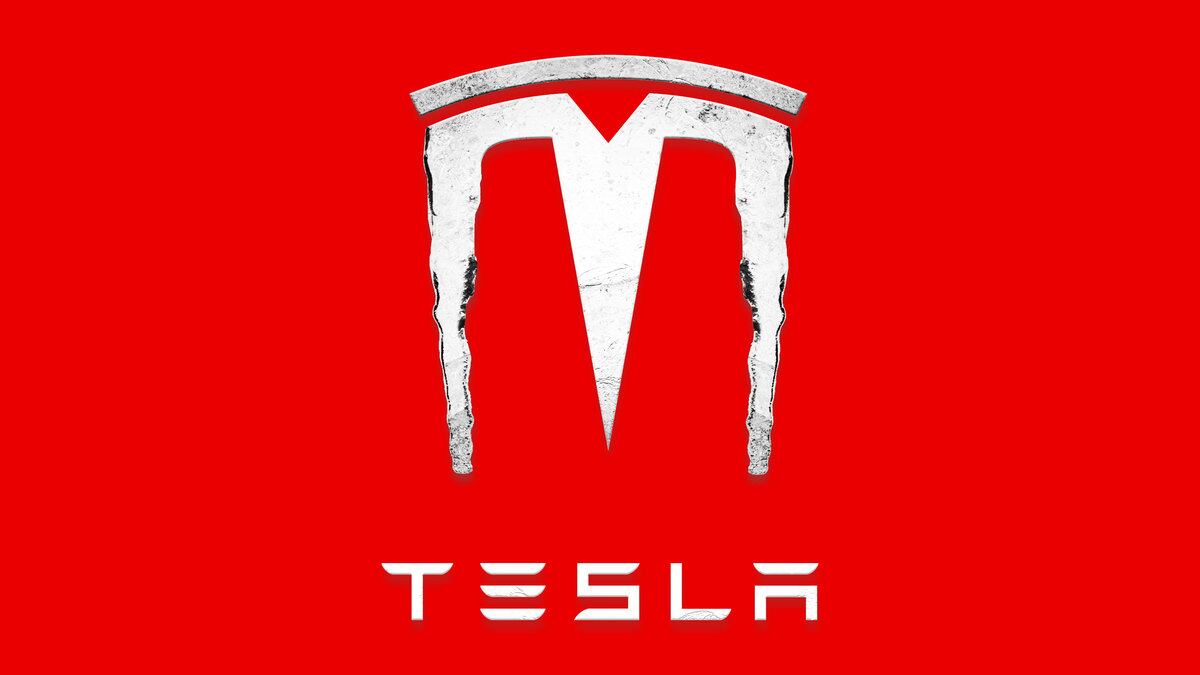Innovation
Photo Illustration by Kelly Caminero / The Daily Beast
Why Teslas Are Dying in Chicago’s Freezing Cold Weather
OUT COLD
Tow trucks and long lines at charging stations are common sights this winter for EV owners—and the reason has to do with the batteries.

Trending Now





